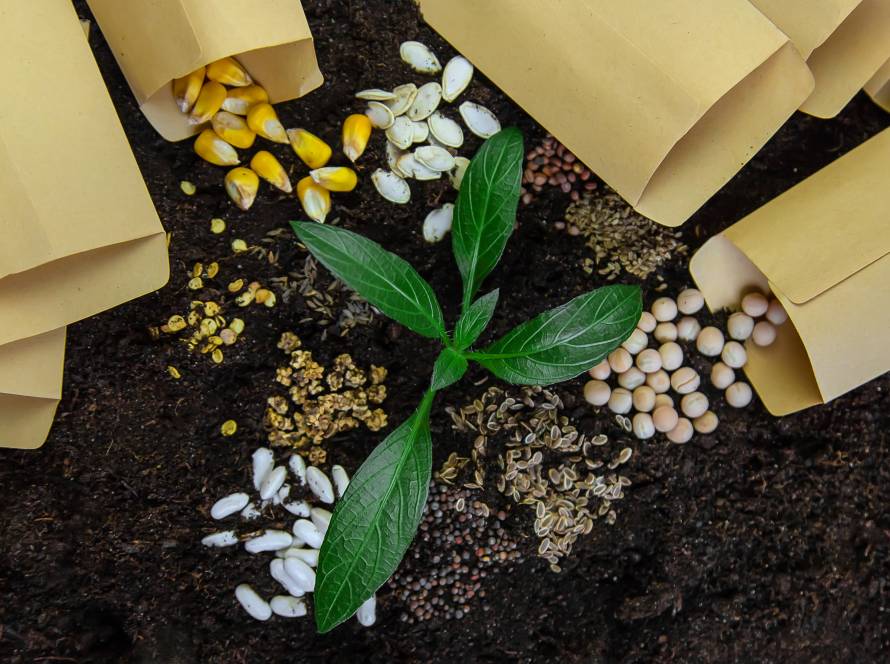In the rush of the modern era, even eating has become a race against time. The culture of fast consumption—promoting shelf-life-extending additives, mass production, and uniform flavors—has transformed our tables. Yet, against this rapid tide, a quiet but resolute resistance persists: the Slow Food Movement. Rooted in nature, geography, and cultural memory, this movement invites us to rediscover the traces of the past and the rhythm of nature in every bite.
A Movement Drawing Strength from Tradition
The slow food movement began in 1986 in Italy as a protest against a fast-food chain. Spearheaded by Carlo Petrini, this resistance quickly resonated worldwide. At its core lies the philosophy of “good, clean, and fair food.” Good refers to flavorful and nutritious food, clean to produce that respects nature, and fair to practices that honor the labor of everyone from producer to consumer.
The Story of Seasonality and Geography
Every food has its season and place. The Slow Food Movement reminds us of the story behind each product on our table. The aroma of a tomato ripened in season, the tangy taste of cold-pressed olive oil, the nuanced texture of local cheese—these are all products of nature’s bounty and patience. In a fast-consumption world where seasonality is lost, this movement reclaims it.
A Quiet Resistance Against Industrial Production
Industrial food production prioritizes speed, efficiency, and profit, sidelining the rhythm of the soil and the labor of producers. The Slow Food Movement resists this pace. Farmers who stay connected to the land, artisans who adhere to traditional methods, and local communities are the silent warriors of this resistance. Cheese from small farms, homemade sourdough bread, olive oil from a neighbor—these are sanctuaries of conscience and flavor in the face of industrial production.
From Local to Global: Community Solidarity
The slow food movement represents not only food production but also the resilience of communities. Small-scale producers, cooperatives, and models like Community Supported Agriculture (CSA) view food not just as a product but as a means of sharing and solidarity. This approach supports local economies while making consumers active participants in the production process. Thus, every bite becomes not just a taste but a story of community.
The Guardian of Culture and Memory
Traditional production preserves cultural memory. Jam recipes passed down from grandparents, bread baked in stone ovens, pickling techniques handed down through generations—these are the lingering traces of societal heritage on our palates. The slow food movement sustains not only our way of eating but also our culture and history at the table.
The Power of Conscious Choices
The slow food movement is not a retreat but a conscious choice for the future. Slowing down in a fast-consumption world means rediscovering the balance of nature, the value of labor, and the true meaning of food. Solutions to issues like global warming, resource crises, and unhealthy diets lie in this awareness. The Slow Food Movement is an approach that protects not only our tables but also the future of our planet.
Slow Movement, Strong Future
The slow food movement offers a hopeful journey in an age of fast consumption. With every bite, it reminds us of geography, the labor of producers, and nature’s cycles. A jar of pickles or a piece of local cheese on your table can be a small but valuable part of this story. Because the slow food movement, above all, is a respect for the table and for life itself.





